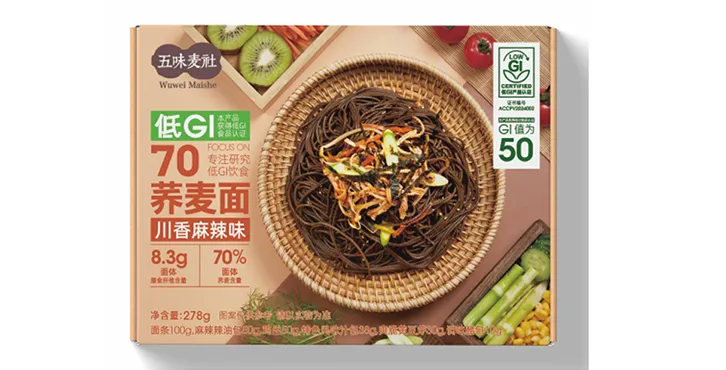home made noodle
The Art of Homemade Noodles A Culinary Journey
In the world of culinary delights, few things can rival the satisfaction that comes from making your own noodles. The process is not only a satisfying endeavor but also a way to connect with cultural traditions and savor authentic flavors. Homemade noodles can elevate any dish, offering a taste and texture that store-bought options simply cannot replicate. Let’s explore the art of homemade noodles and why they hold a special place in many kitchens around the globe.
The Joy of Crafting Noodles
Making your own noodles is a rewarding experience that engages both mind and body. The tactile sensation of kneading the dough, the sound of the rolling pin flattening it out, and the sight of the freshly cut noodles are all parts of a process imbued with creativity and love. To get started, you need just a few simple ingredients flour, eggs, water, and a pinch of salt. Depending on the type of noodle you wish to make—whether it’s egg noodles, ramen, or a delicate pasta—these basic ingredients can be adjusted.
The dough must be mixed and kneaded until it reaches a smooth, elastic consistency. This step is crucial as it allows the gluten to develop, which gives the noodles their characteristic chewiness. After resting the dough for about 30 minutes, it’s ready to be rolled out and cut into your desired shape. This is where personal creativity can shine. You can use a pasta machine for uniform thickness or a simple rolling pin and knife for a rustic feel.
Different Types of Noodles
The variety of noodles you can make at home is vast. Each type of noodle tells a story about its culture. For instance, Italian pasta like fettuccine or pappardelle is typically made with durum wheat flour and eggs, creating rich and hearty dishes. On the other hand, Chinese noodles can range from the thin, delicate rice vermicelli used in stir-fries to the thicker egg noodles that are a staple in soups. Each region has its unique method and ingredients, making noodle-making a rich exploration of culinary diversity.
home made noodle

In addition to traditional wheat noodles, you can also experiment with alternative flours, such as buckwheat or mung bean, for a gluten-free option. These variations can add subtle flavors and textures, allowing for a unique twist on classic recipes.
Cooking and Pairing
Once you’ve made your homemade noodles, the next step is cooking them. Fresh noodles generally cook much faster than dried ones. A quick plunge in boiling water can transform those delicate strands into a sumptuous meal. It’s essential to toss them in sauce or broth immediately after cooking to prevent sticking and enhance the flavors.
Homemade noodles are incredibly versatile; they can be served with a rich Bolognese sauce, tossed in a light garlic and olive oil dressing, or submerged in a hearty broth filled with vegetables and protein. The sky is the limit when it comes to pairing your creations with various sauces and ingredients.
A Labor of Love
Making homemade noodles is not just a culinary task; it’s a labor of love. Whether you’re preparing a meal for yourself, family, or friends, the act of making noodles can turn any dinner into an occasion. The aromas wafting through the kitchen, the laughter shared over the kitchen counter, and the pride in serving a dish made from scratch all contribute to the experience.
In conclusion, the art of homemade noodles embodies creativity, tradition, and community. It invites you to embrace the culinary journey and take pleasure in every step. So why not gather your ingredients, roll up your sleeves, and dive into the rewarding world of homemade noodles? You may find that the process is just as enjoyable as the meal itself. Happy cooking!
-
Unlock the Delicious Potential of Yam NoodlesNewsAug.11,2025
-
The Authentic Taste of Lanzhou NoodlesNewsAug.11,2025
-
Savor the Art of Hand Pulled NoodlesNewsAug.11,2025
-
Indulge in the Timeless Delight of Spaghetti BologneseNewsAug.11,2025
-
Indulge in the Rich Flavor of Braised Beef NoodlesNewsAug.11,2025
-
Elevate Your Meals with the Magic of Fresh PastaNewsAug.11,2025
-
Unleash Your Inner Chef with Delectable Italian Pasta CreationsNewsAug.01,2025
Browse qua the following product new the we

















































































































